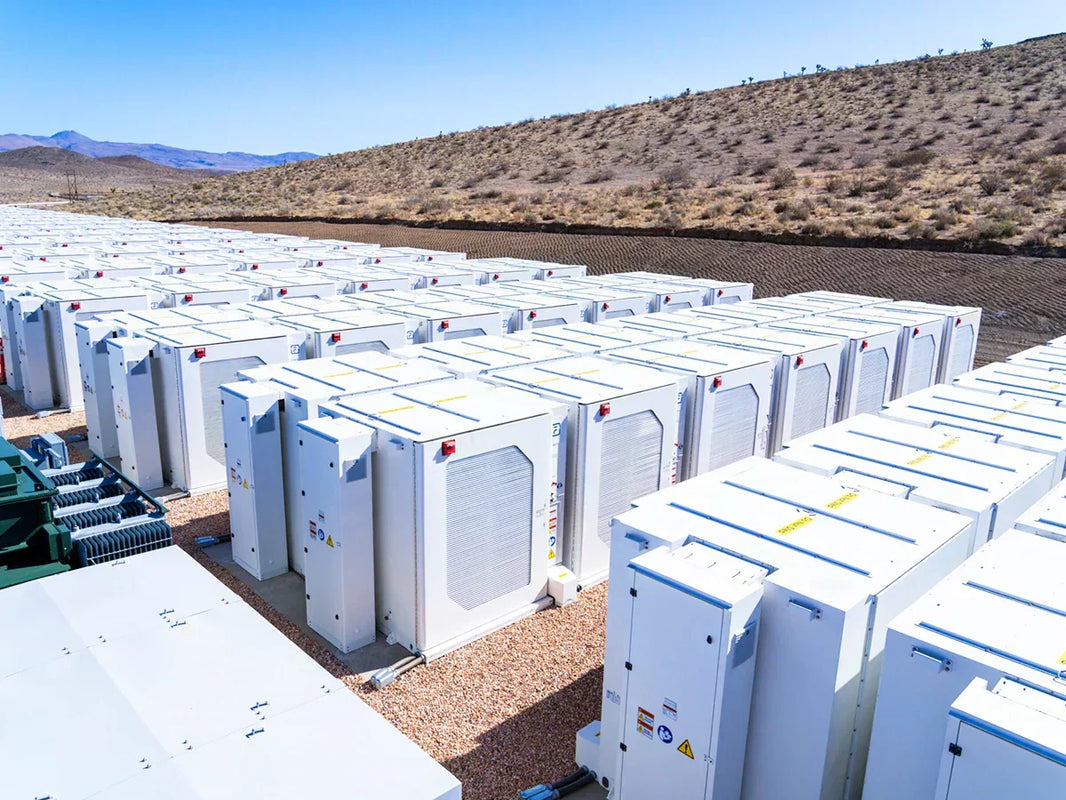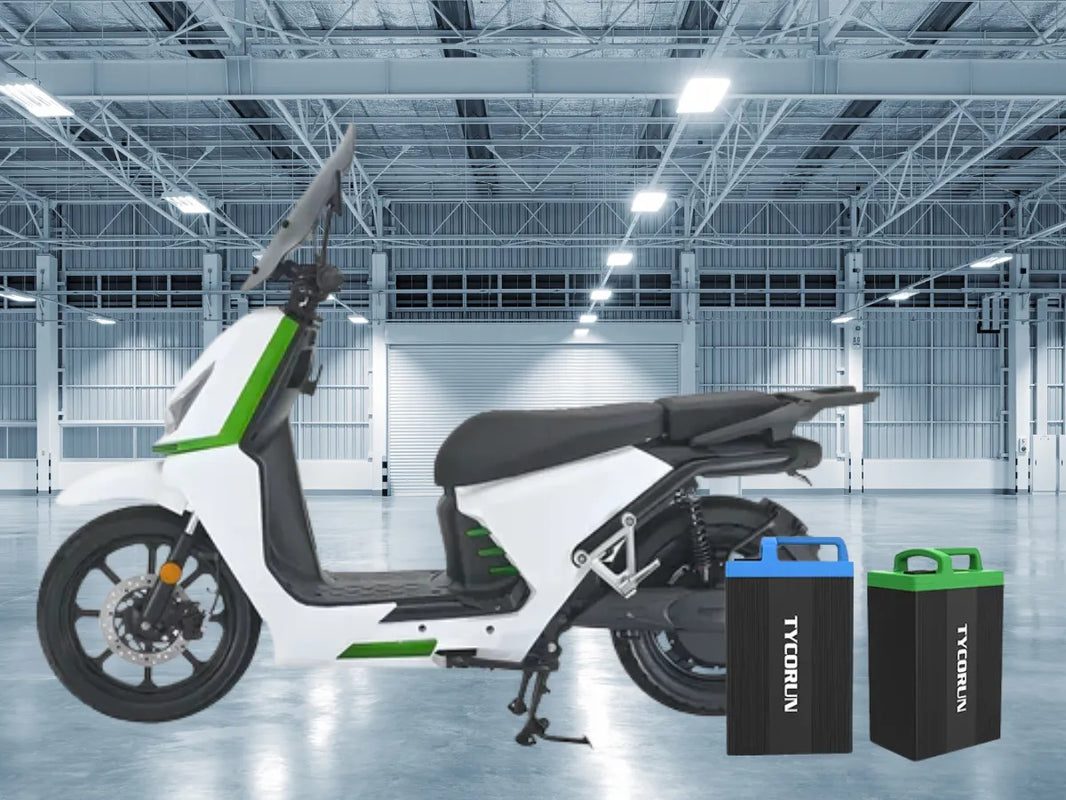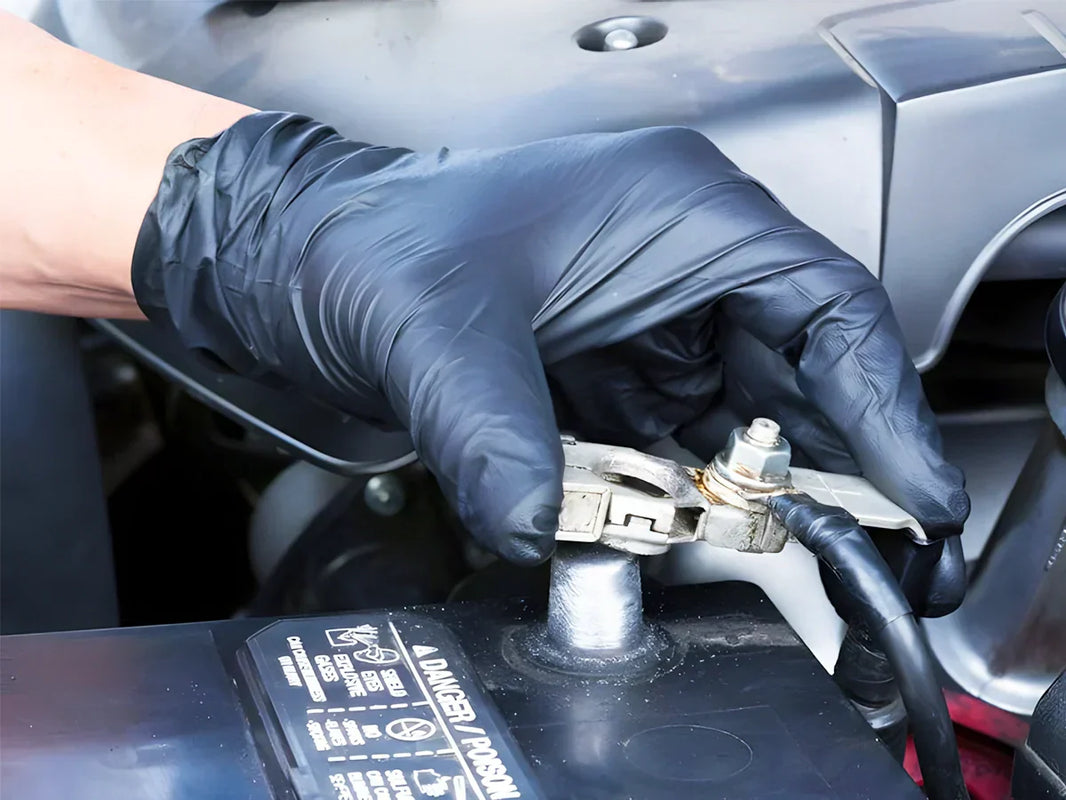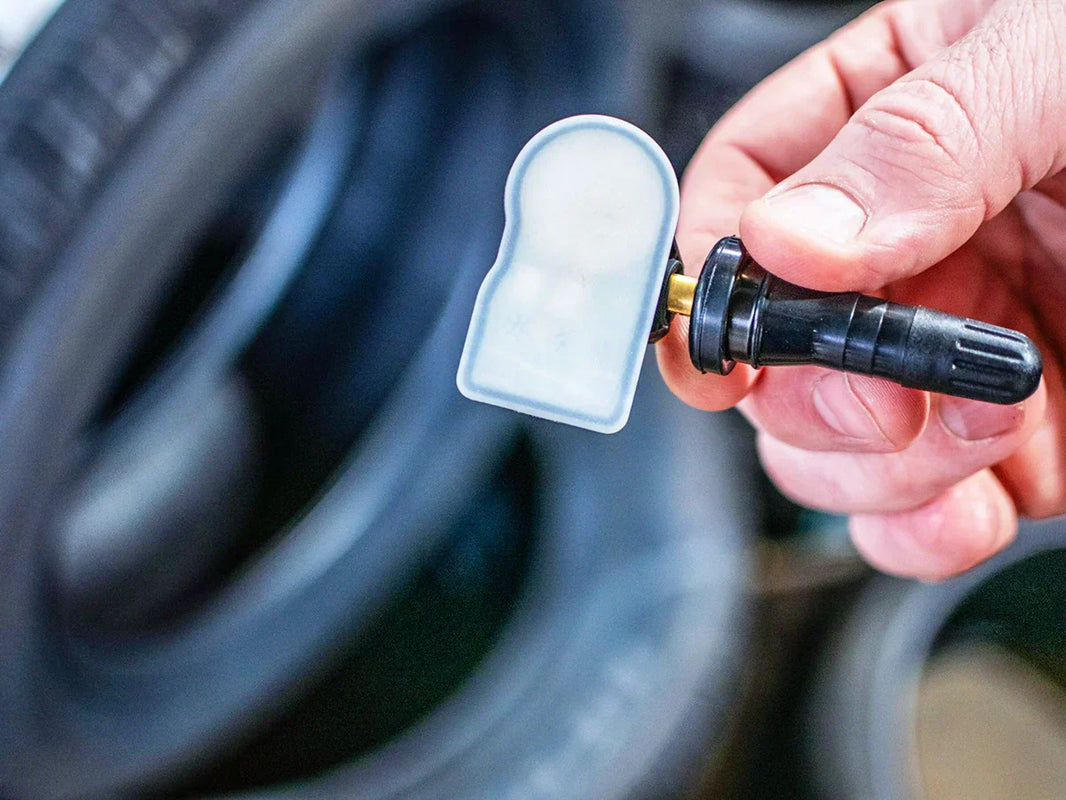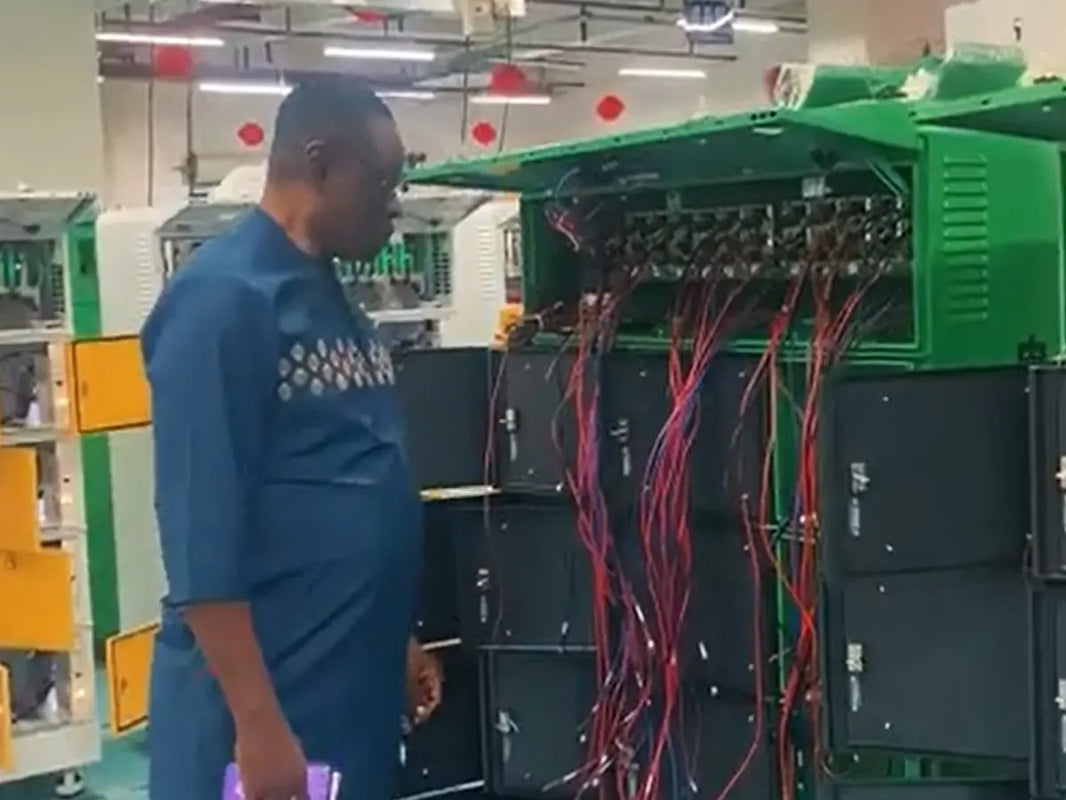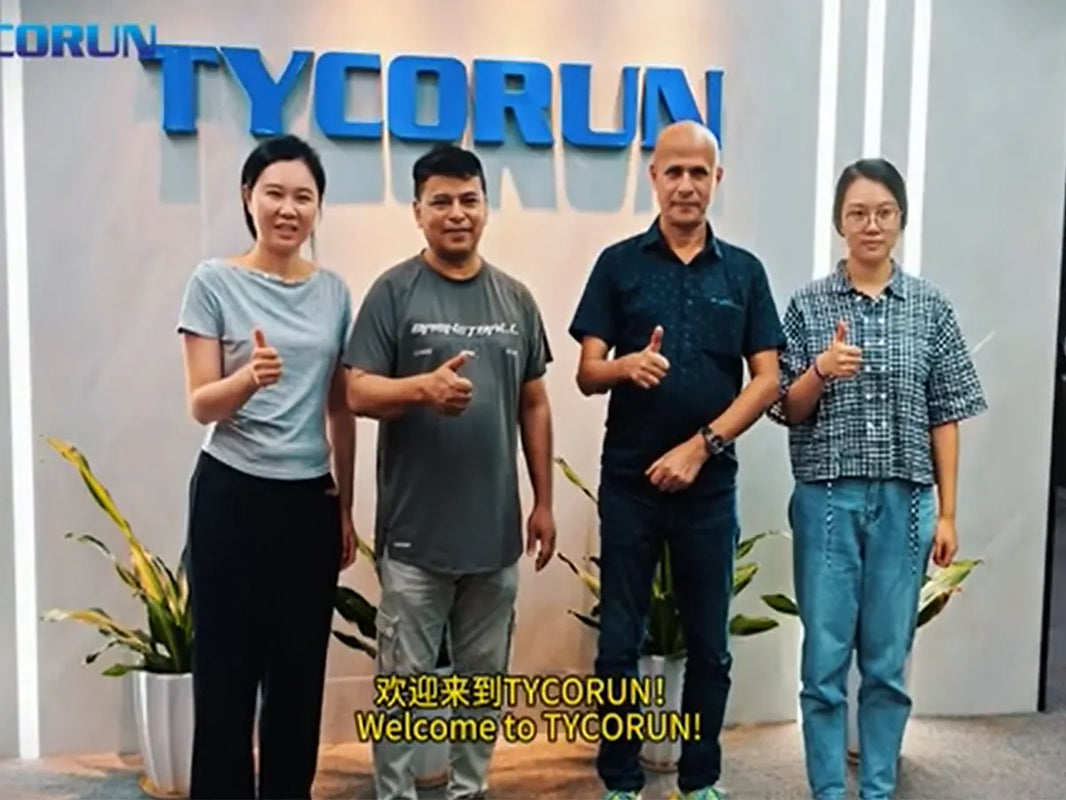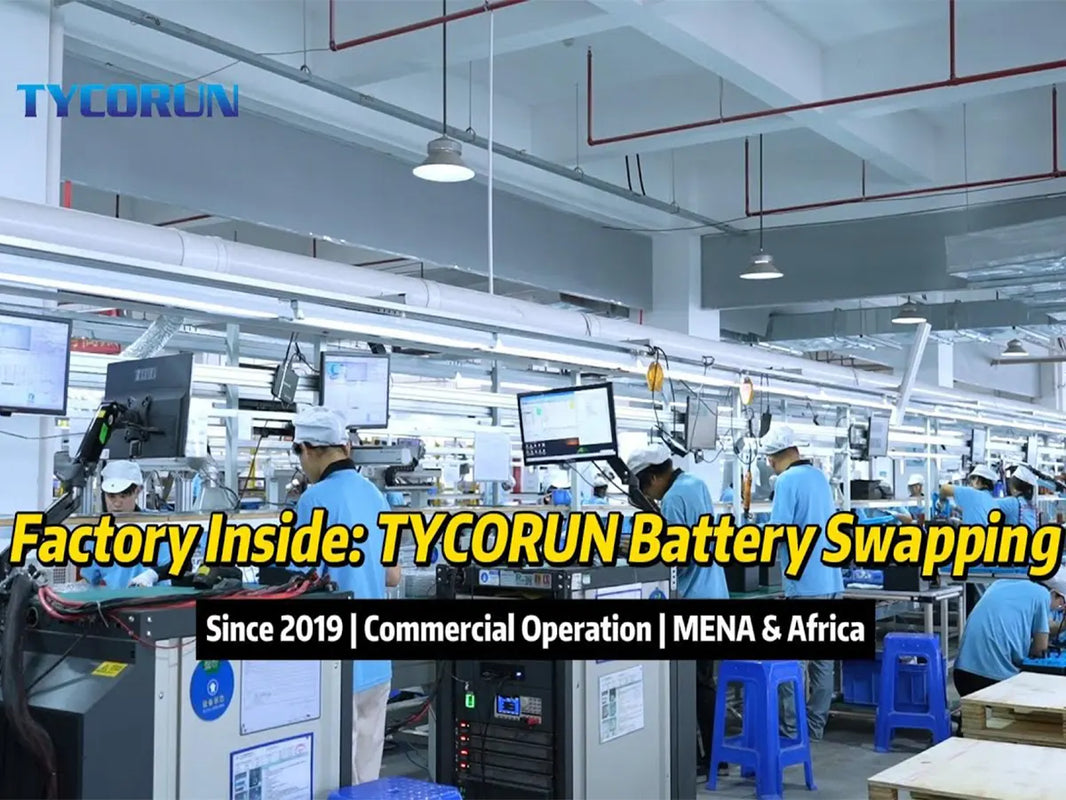
Main content:
Inverter is an indispensable part of the RV power system, responsible for converting direct current to alternating current, and its stability directly affects the operating efficiency of the entire system. In actual use, if you can not eliminate the inverter may encounter a variety of faults in time, will affect the process of the journey.
This article will introduce the rv inverter troubleshooting and their treatment methods in detail, and provide corresponding preventive measures to help users better maintain and manage the inverter.
Common rv inverter troubleshooting
1. The screen is not displayed
Failure cause: No display on the inverter screen is usually caused by no DC input. Possible reasons include the component voltage is not enough, PV input terminals are reversed, PV terminals have positive and negative poles, to correspond to each other, can not be connected to other groups. The DC switch is not closed, a connector is not connected properly when the components are connected in series, or a component is short-circuited.
Treatment method: First, to do rv inverter troubleshooting by using a voltmeter to measure the DC input voltage of the inverter to ensure that the voltage is normal. If the voltage is normal, check the DC switches, wiring terminals, inverter cable connectors, and components in sequence. If there are multiple components, they need to be separately connected and tested. If the inverter is still unable to solve the problem after a period of time, it may be that the inverter hardware circuit is faulty, and you need to contact the manufacturer for after-sales treatment.
2. The overload fault occurs
Failure cause: Overload failure is usually caused by the load exceeding the rated capacity of the inverter. When the inverter is overloaded, it will sound an alarm and stop working.
Solution: First disconnect the load, and then restart the inverter. Step by step after the restart, ensure that the load does not exceed the rated capacity of the inverter. If overload failures occur frequently, you need to consider upgrading the inverter capacity or optimizing the load configuration.
3. The temperature is too high
Fault cause: The inverter operates in a high temperature environment, which is prone to excessive temperature failure. This may be due to poor heat dissipation caused by the accumulation of dust and debris around the inverter.
Treatment method: To do rv inverter troubleshooting, clean the dust and debris around the inverter in time to ensure that the cooling fan works normally. Then check the ventilation of the inverter to ensure that the air flow is smooth. If the inverter runs in a high temperature environment for a long time, you can consider adding heat dissipation equipment or improving the operating environment.

4. The short-circuit fault occurs
Fault cause: When a short circuit fault occurs at the output end of the inverter, the inverter will stop working or even damage the inverter. This may be caused by a loose or short circuit between the inverter output and the load side.
Treatment method: First, do rv inverter troubleshooting by checking the connection between the output end and the load end of the inverter in time to ensure that the connection is firm and there is no short circuit. Then restart the inverter and observe its operating status. If the fault still occurs, it is necessary to further check whether the internal circuit and components of the inverter are damaged.
5. The hardware is damaged
Failure cause: Hardware damage may be due to the long-term operation of the inverter caused by aging, damage to the components, or due to external factors such as lightning, overvoltage and other damage.
Treatment: For a motorhome inverter with hardware damage, to do rv inverter troubleshooting, it is usually necessary to replace the damaged components or the entire inverter. When replacing components or inverters, ensure that the models and specifications match those of the original devices, and follow the correct installation and wiring methods.
Preventive measures to reduce rv inverter troubleshooting
Correct operation and maintenance:
Regular maintenance: It is necessary to check the operating status of the inverter regularly to help the normal operation of the inverter and extend the service life to reduce rv inverter troubleshooting. The inspection includes cleaning the inside and outside of the inverter to ensure that there is no dust and debris blocking the vent and avoid overheating problems. Strengthen operation and maintenance management, improve the professional quality and skill level of operation and maintenance personnel, and reduce the failure rate of equipment.
Check the connection:
Ensure that all electrical connections to the DC input and AC output terminals are secure and correct to reduce rv inverter troubleshooting. When the electrical connection is loose, the contact area between the conductors decreases, resulting in an increase in the resistance of the contact surface.
The increase in resistance means that the current will encounter greater resistance when passing through the connection point, and due to the extra resistance generated by the loose connection, energy is wasted in the transmission process, which leads to energy loss and decreased efficiency. The fire arc caused by poor contact may even cause fire and other safety hazards.
Monitoring system: The monitoring system is used to track the performance and status of the energy storage inverter, and once a problem occurs, the operation and maintenance personnel can be notified in time to deal with the problem before it becomes serious
Avoid overload: Do not connect more than the rated power of the inverter load, long-term overload will shorten the life of the inverter, and even cause damage. A certain margin should be set aside for possible load fluctuations to ensure that the inverter can operate stably under various working conditions to reduce rv inverter troubleshooting.
Environmental adaptability: Ensure that the inverter is installed in the environmental conditions suitable for its work, avoid extreme temperatures, high humidity, salt spray and dust and other harsh environments to reduce rv inverter troubleshooting and prevent inverter failure.
Avoid physical damage: The inverter should be installed in a place that is not susceptible to physical impact or damage to avoid damage caused by external forces to increase inverter lifespan and reduce rv inverter troubleshooting.
Maintenance records: Maintain maintenance and repair records of the inverter to help track its performance and identify potential problems in a timely manner.
Conclusion
This article is convenient for users to do rv inverter troubleshooting when something goes wrong to make your journey smoother and more enjoyable. Taking effective preventive measures will help to extend the service life of the inverter and improve the overall efficiency of the system. Regular maintenance, monitoring system performance, and ensuring a good installation environment are key to ensuring the normal operation of the inverter.
Check the following rv inverter price from Tycorun
|
|
500w
|
1000w |
2000w
|
3000w
|
|
Product image
|
||||
|
Price & Discount
|
$59.90(-14%)
|
$89.99(-36%)
|
$179.90(-28%)
|
$199.99(-33%)
|
|
Rated Input Voltage
|
12VDC
|
12VDC
|
12VDC
|
12VDC |
|
Continuous Power
|
500w
|
1000w
|
2000w
|
3000w |
|
Peak Power
|
1000w |
2000w |
4000w |
6000w |
|
More information |
Click to get the details |
Click to get the details |
Click to get the details |
Click to get the details |
Related articles: Top 5 inverter battery companies, Top 10 inverter battery best companies, types of inverter










